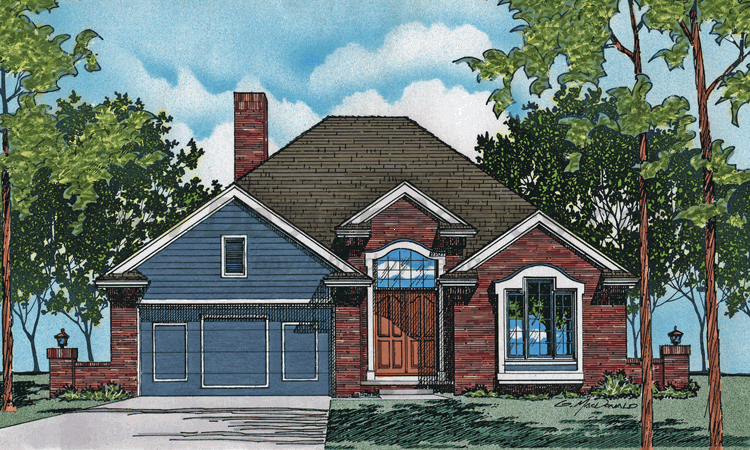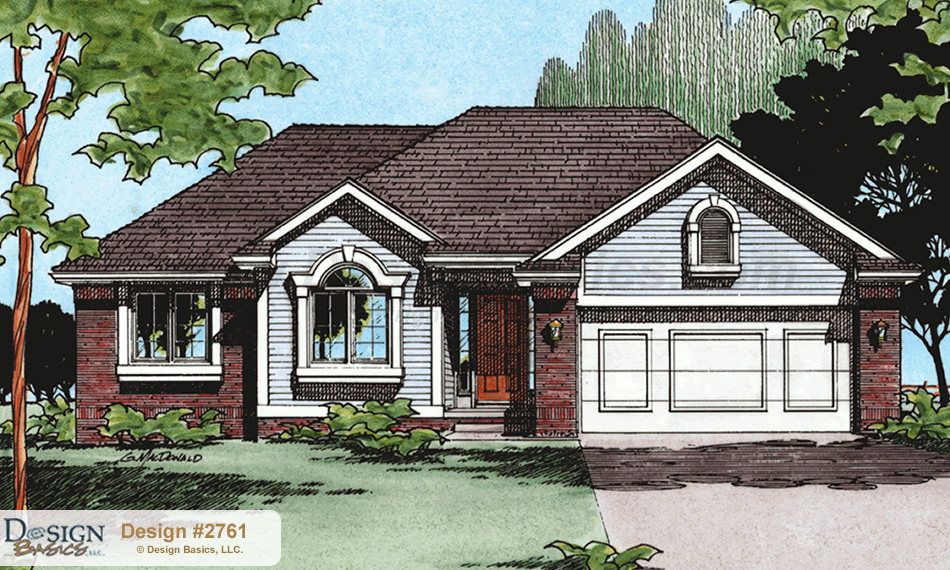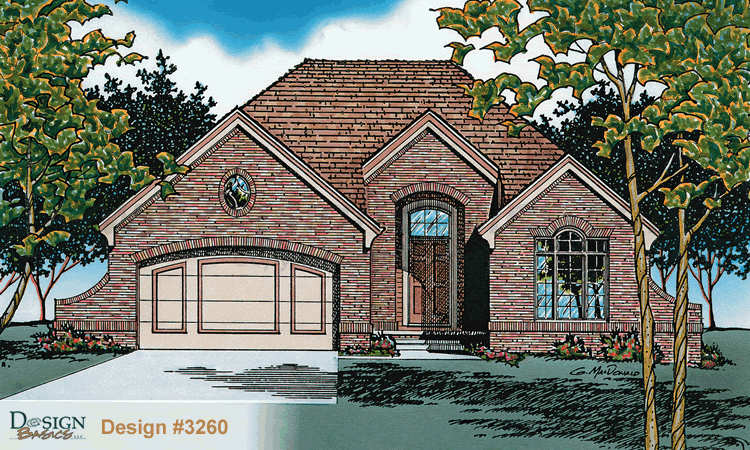WHEN SMALLER IS SMARTER
She's 59. He's 61. And their kids have finally moved out for good!
 Retirement's just around the corner. Their 2,700 square foot two-story served its purpose well, but it's been too big for the two of them for years. They want to build a new home. Something they can live in for a long time, maybe forever. What's it look like?
Retirement's just around the corner. Their 2,700 square foot two-story served its purpose well, but it's been too big for the two of them for years. They want to build a new home. Something they can live in for a long time, maybe forever. What's it look like?
We discovered the answer, along with a builder who's become a specialist in meeting the needs of age-in-place buyers, in the picturesque Pennsylvania town of Mechanicsburg, Pennsylvania. Max Marbain built 77 town homes and 120 one-story, single-family homes from 1,200 to 1,800 square feet, specifically for downscaling empty nesters, retirees and an ever-growing sector of home buyers -older single women. The setting for these homes is Marbain's 65-acre development of Evergreen. Featuring relatively small lots that offer simple maintenance for homeowners, Marbain designed Evergreen as a cluster development and incorporated aesthetic open spaces and walking paths to allow his buyers community interaction and recreation.
We recently spoke with Max to glean a few of his insights into the wants and needs of home buyers who are looking to build one last time.
The Ashley features long views to the sun room from the entry.

Design 2907, The Ashley
DBI: What is the age range of your clients?
Max: Typically, in the single detached homes, they range in age from 50 into their 70's, maybe even the 80's. In the town homes, they tend to be older and more single women. Pennsylvania has the second largest population of people over 65, so we have a unique situation. Most of our buyers are from the area, or have come here to be closer to their children. However, with aging baby boomers, this will be a very viable market across the country.
DBI: What do age-in-place buyers want in a new home?
Max: Open space and plenty of natural light, even in smaller homes. And of course, convenience! I always look for open floor plans with lots of light. Many of our windows are oversized and I put either cathedral or vaulted ceilings in the living spaces to give an illusion of a larger space. Also, I require the garage entrance to lead immediately into the kitchen so residents don't have to carry parcels very far. And the kitchen must open into a living space. Since we have very few people looking for separate living and dining rooms, that becomes the primary spot for entertaining. They also want a relatively large dining area for the family gatherings at Thanksgiving and Christmas.
DBI: Are large, opulent master suites important to this market?
Max:: Unlike younger demographics that are used to luxurious master baths, most of our buyers are moving from older homes where that wasn't the standard. Our bathrooms are not exceptionally large, although we generally have two sinks, a tub and a shower plus the commode.
DBI: Do your homes meet universal standards for accessibility?

Design 2761, the Mayberry
Max: We don't make our homes completely accessible unless the resident requests us to do so. But because all of our homes are one-stories with wide doorways and hallways, they can be adapted later if the need arises. We also put a low-thresh- old shower stall in the master bath so the older buyers don't have to get in and out of tubs.
DBI: Storage is no doubt important for these buyer who have accumulated a lot of things over the years. Are there special ways you meet this need?
Max: All of our single family detached homes have two-car garages which often accommodate storage needs. Plus, our garages feature pull-down stairs which allow them to store Christmas decorations and other things they only use once a year. For those who have greater storage requirements, we have some lots that will accommodate basements. But actually, most of our residents are ready to simplify their lives. They want to get rid of things; they don't want to carry a large accumulation of things with them.
DBI: What about "swing rooms, " bedrooms becoming hobby rooms or workshops or offices? Is that something you see a big demand for?
Max: Yes, typically most of our homes have three bedrooms and buyers often convert one of the bedrooms into a study or a sewing room or some- thing of that nature. But I haven't had anyone request a 4-bedroom home.
DBI: What about sun rooms?
Max: They are very popular. We often have people request a screened porch and I always tell them that it doesn't cost that much more to build a sun room. Once they realize that, they usually opt for a sun room because it makes such an attractive leisure space.
DBI: Are security features an important issue for this market?

Design 3260, the Kirby
The Kirby's den and 2nd bedroom offer plenty of flexibility for age-in-place buyers.
Max: We have offered alarm systems, but I can't think of one person who has put one in. Evergreen has a small town type of atmosphere that feels very safe. The community is compact and everyone knows everyone else, so if anything strange went on, the neighbors would know. So people aren't concerned about that. Even our snow birds haven't put in security systems.
DBI: The issue of maintenance is important to these buyers. Are your homes 100% maintenance free?
Max: About 99 and 44/100% -like Ivory soap. About the only things they might have to paint on
the exterior are the front and rear doors; the rest is either vinyl or aluminum. That definitely is one of the things people look for. I do have a landscaper who will sign an individual contract if someone is going to be away for a long period, but most of the people enjoy doing a small amount of yard work them- selves.
DBI: Are there any keys to your success we haven't touched on?
Max: The name of our development (Evergreen) symbolizes the kind of community we're building, with an image of permanence, long life, sunny days and green surroundings. We've listened to what our buyers want -and this is basically it: People this age want a sense of space, light and one-story ease now and for the future. And even if they are single, they want a double garage for storage. Finally, we haven't gone overboard on price: our single detached homes run from $160,000 to $200,000, which often allows for a significant financial cushion after the sale of their previous homes. It's definitely an example of smaller being smarter.

